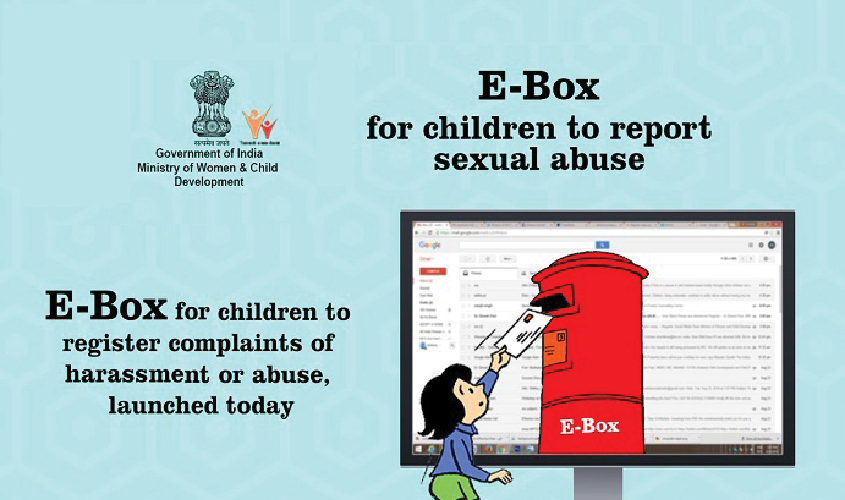The POCSO e-box introduced by Maneka Gandhi, Minister for Women and Child Development, could score only 1,100 “hits” since its launch in 2016 as per the “Four years’ achievement booklet” of the ministry unveiled at a press conference in the capital earlier this week.
The achievement booklet says, “Since the inception of POCSO e-box in August 2016, 1,100 hits were made on the facility.” The POCSO e-box was introduced as part of the Prevention of Children against Sexual Offences Act (POCSO) in order to provide a platform for children to report sexual abuse digitally. However, the “hits” do not always reflect the number of cases reported.
Generally, “hits” do not amount to the number of complaints registered, but the number of times a user clicked on the POCSO e-box link available on the National Commission for Prevention of Child Rights (NCPCR) website where a person, after clicking the link, may or may not have registered a complaint.
Putting this in direct contrast is National Crime Research Bureau (NCRB)’s data on “Crime against Children”, according to which, the second highest crime perpetuated against minors is sexual harassment. The highest rate is of kidnapping that amounts to approximately 45% of all the crimes perpetuated against children in India. Rate of sexual harassment against children is approximately 15%, making it the second highest crime against children in India.
However, the abysmal number of “hits” on POCSO e-box fails to reflect the ground reality as shown in NCRB data, thus highlighting the gross under-use of the POCSO e-box.
According to latest NCRB data, a total of 3,350 cases of “sexual harassment” of children were registered during 2015. Maharashtra (1,043 cases), Uttar Pradesh (729 cases), and Madhya Pradesh (471 cases) have reported a high number of such cases in the country. Crime rate was 0.8 at all-India level under this head with the highest in Mizoram (5.7) and Delhi (4.8). According to these figures, sexual harassment cases against children registered in a single year exceed the total number of cases registered with the POCSO e-box since 2016.
Even as Maneka Gandhi announced the ministry’s initiatives to take cyber crime against women and child pornographic content off the web, the steps that the ministry took to recognise perpetrators through initiatives like POCSO e-box and SHe-box have not lived up to their potential.
Playing its role to address children’s issues, the Ministry of Women and Child Development organised a stakeholders’ consultation meeting to hold authorities responsible for taking child pornographic and offensive content off the web. In a round-table discussion held earlier this week, representatives from Twitter, Facebook, UNICEF, Ministry of Home Affairs, Ministry of Electronics and Information Technology (MEITY), NASSCOM, along with CBI and Bureau of Police and Research Development, came on-board to deliberate on making a central complaint mechanism to report cyber crime.
Briefing the media about the meeting
The Ministry of Women and Child Development is also likely to announce a hotline that will help people report websites carrying sexually explicit images and videos of women and children, so that they can be blocked and removed from the source. The abusive material that could be reported will include child pornography, videos of rape, gang-rape and revenge porn. The hotline will also help to start legal proceedings against offenders such as web portals, search engines or internet service providers.

